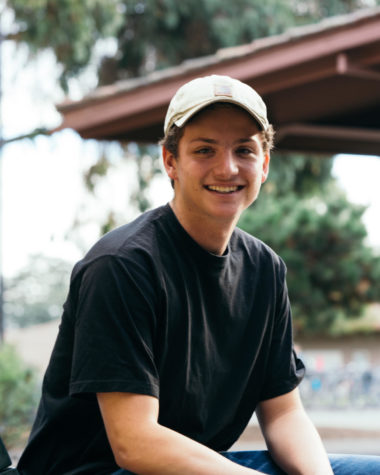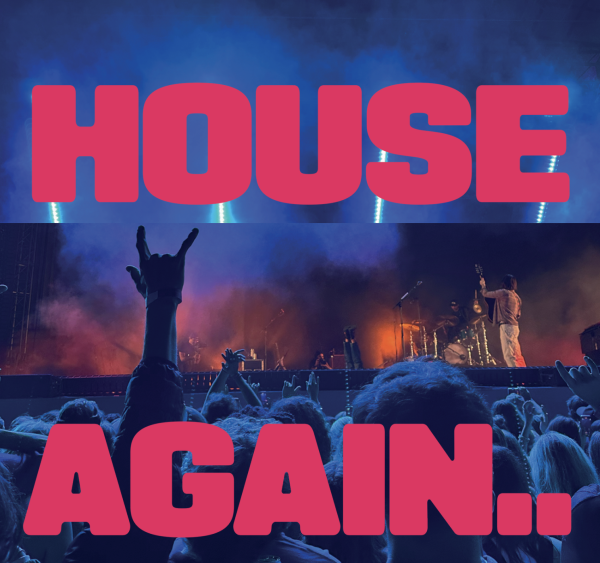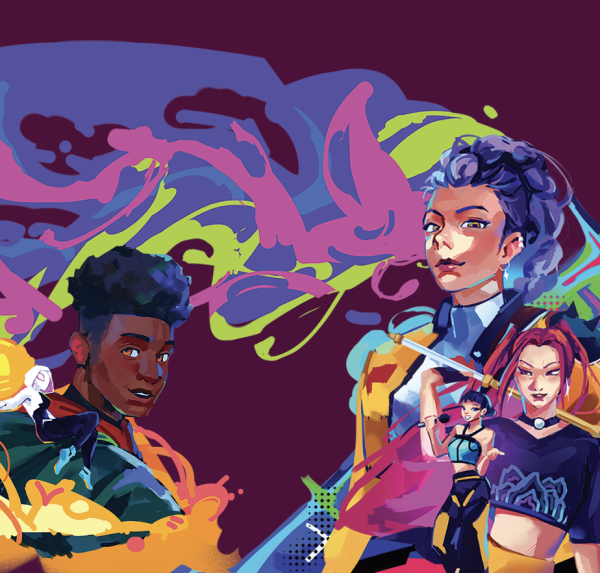Hypebeast Culture
The evolution and culture of men’s streetwear and the movement through the eyes of Bay Area students
When designer Shawn Stussy opened his California flagship store in 1990, graphic tees were relatively new to the fashion industry. However, by pasting simple designs onto t-shirts, Stussy would go on to change fashion indefinitely. From this small endeavor rose the obsession of branding not what you wear, but who you wear. In the past 15 years, the fashion industry has transformed into a game of brand hierarchy.
To the average youth, the words “Supreme,” “Palace” or “BAPE” on an article of clothing would not represent something out of the ordinary, but to a select few, these words represent the holy grail of clothing. Palo Alto High School junior Ercan Goksec gave his opinion on what makes these bands popular. “The brand name and the fact that everyone knows about it makes it worth the money, especially the style of the brand and all of the different designs.”
Streetwear is a term for clothing worn by subgroups engulfed in the brand movement. These people who wear the clothes are labeled as hypebeast. However, many people have their own reason for wearing the clothes. Music has a huge influence on fashion, and artists play a big part in helping promote brands. “I got into wearing these brands around the beginning of junior year,” junior Mikael Rochman said. “I didn’t really know a lot about them until I noticed some of my favorite music artists wearing them such as FamousDex, Travis Scott, Kid Cudi, etc.” The interest in these brands is a direct result of the ever-growing hip-hop and rap music culture. The icons in the music industry are the faces of these companies; they don’t advertise on TV or in newspapers but rely almost entirely on the high-profile names that thrust the clothing into the spotlight. Examples of such icons are Kanye West, A$AP Rocky and Pharrell Williams, to name a few. These artists are the faces of the brand, and contribute to the reason the clothing sells out in seconds.
The resale value of some of these pieces of clothing can be three or four times the regular online retail. For example, the original retail price for Yeezy 350 Boost Pirate Black shoes can go for $200, and can be resold anywhere between $900 and $1,100. For streetwear enthusiasts, buying clothes online at the retail price has become a challenge. The time it takes to fill in shipping information can be the difference between ordering and losing clothes completely. To get around this issue, computer software, known commonly as a bot, has been developed by hypebeasts to submit orders as quickly as possible. As an avid user of a “bot,” Menlo-Atherton junior Makoa Riso explained it as “a program that stores credit card information and automates the entire checkout process of a purchase in milliseconds in multiple instances.” Riso has been using a bot to aid in his buying and selling of clothes since winter of 2015.
Unlike mainstream brands, these streetwear companies have a different way of selling their clothes. They create an atmosphere of hype by selling only a limited supply of retail, making their merchandise harder to obtain. Supreme drops about five to 15 items every Thursday at 8 a.m. PST. Merchandise pressed with the iconic branding of the company generally sells out more quickly.
Through the streetwear movement, men’s fashion has seen an unprecedented upward push in the industry. The task of buying and selling clothes has forever been altered by the underground market for sought-after, rare pieces of clothing. Both nationwide and locally, hypebeasts are changing the way people view brands and the market for high-profile clothing. When it comes down to it, fashion is about self expression. As Akinola says, “Regardless of the money and being fresh, it’s about looking good and feeling good.”







